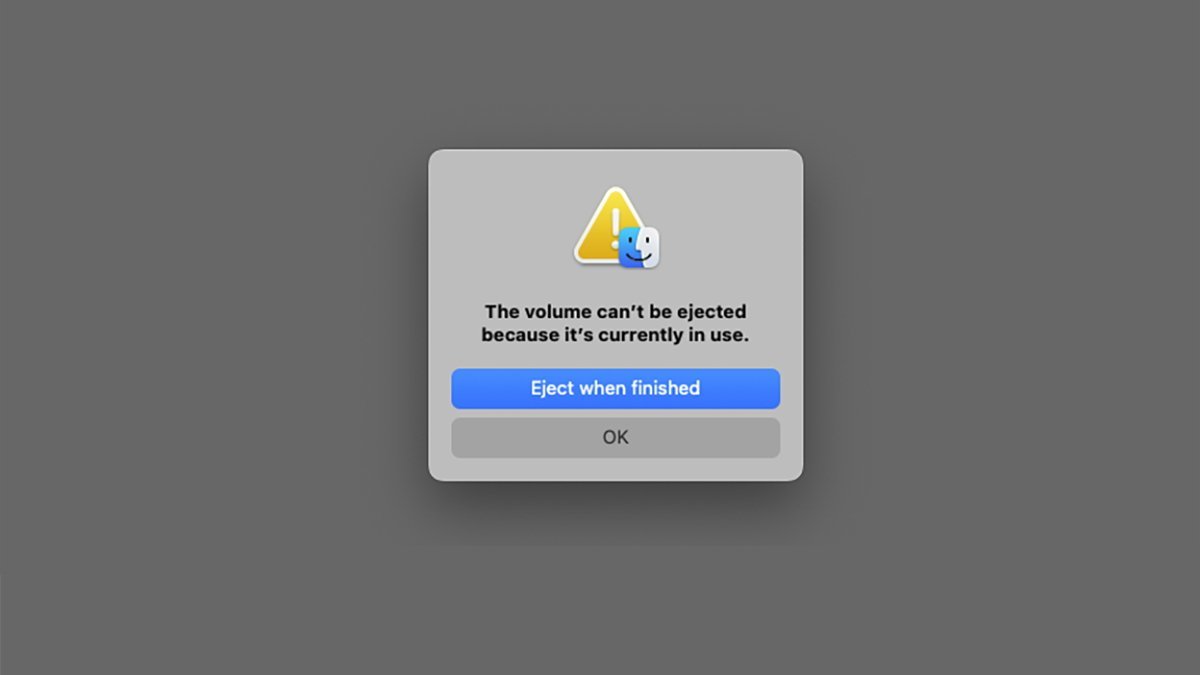Ejecting Finder volumes when copies complete.
A convenient new feature in macOS Sequoia allows a mounted volume to automatically eject once a file copying process from it is completed. Here’s how to utilize it.
If you’ve ever copied a large file from a mounted .dmg file in macOS, you’ll know how frustrating it can be to have to go back to the Finder to eject the disk once the copy finishes.
This is because the .dmg’s filesystem is in use during the copy. Finder holds the .dmg’s mounted volume hostage as long as it is in use.
Starting from macOS Sequoia, you can now instruct the Finder to automatically eject the .dmg’s volume once the copying process is completed.
To do so, mount the .dmg of your choice, start copying files by dragging them from the .dmg’s volume to the Finder. Then, while the copy is still in progress, Control-click on the mounted volume and select Eject from the popup menu.
If the copy is still running, the Finder will display an alert notifying you that it can’t eject the volume because it’s in use. But now in macOS Sequoia, that alert includes a new button: Eject when finished.

macOS Sequoia’s new Eject When Finished button.
Speed up your workflow
If you click Eject when finished immediately, the Finder will automatically eject the .dmg’s volume when the copy is completed. This saves you from the hassle of checking if the copy is done and then needing to Control-click the volume’s icon in the Finder again to eject it.
It’s worth noting that once a volume is mounted, it’s always possible to move the volume’s .dmg file to the Trash – even if a copy is ongoing (unless the .dmg is locked). The Finder only uses the .dmg for mounting, and once it’s been read, volume references are held in virtual memory until the volume is ejected.
By utilizing the new Eject when finished button, you can enhance your Finder workflow. Simply mount a .dmg, start copying from it, discard the .dmg into the Trash, and use the Eject when finished button to automatically unmount the volume when the copy is completed.
